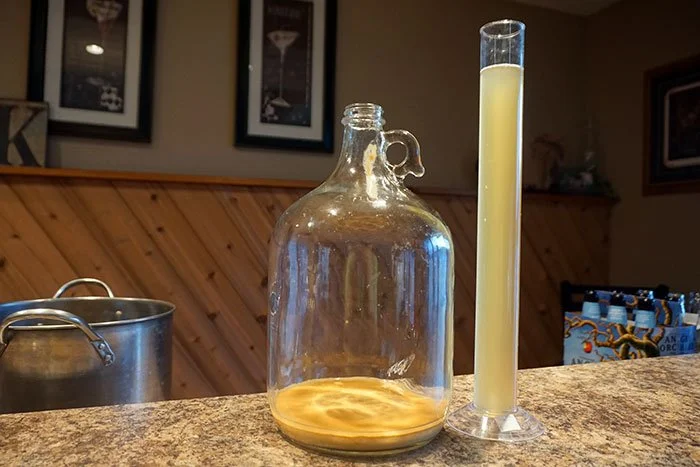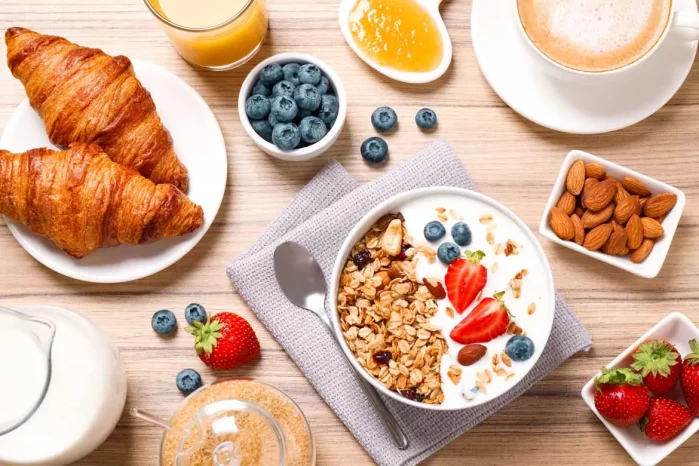When it comes to crafting delicious hard cider, the choice of yeast plays a crucial role in determining the flavor, aroma, and overall character of the final product.
With a wide variety of yeast strains available on the market, each with its unique characteristics and fermentation profiles, selecting the best one for your cider-making endeavors can seem daunting.
In this comprehensive guide, we’ll delve into the world of the best hard cider yeast, exploring different strains, their attributes, and factors to consider when choosing the best yeast for your cider-making process.
Understanding the Role of Yeast in Cider-Making
Yeast is a microorganism responsible for fermenting the sugars present in apple juice or cider, converting them into alcohol and carbon dioxide.
In addition to alcohol production, yeast also influences the flavor, aroma, and mouthfeel of the finished cider through the production of various byproducts during fermentation, such as esters, alcohols, and acids.
The choice of yeast strain can significantly impact the sensory characteristics of the cider, including its sweetness, acidity, fruitiness, and level of carbonation.
Factors to Consider When Choosing Hard Cider Yeast
When selecting a yeast strain for making hard cider, several factors should be taken into account to ensure a successful fermentation and desired flavor profile:
1. Fermentation Characteristics:
Different yeast strains exhibit varying fermentation characteristics, such as fermentation temperature range, fermentation speed, attenuation (the degree to which sugars are converted to alcohol), and tolerance to alcohol and acidity.
Consider your fermentation conditions and desired outcome when choosing a yeast strain that best suits your needs.
2. Flavor Profile:
Yeast plays a significant role in shaping the flavor and aroma of the final cider. Some yeast strains produce clean, neutral flavors, while others contribute fruity, floral, spicy, or funky characteristics.
Consider the flavor profile you wish to achieve and select a yeast strain that complements the apple juice or cider’s natural flavors.
3. Residual Sugar:
Some yeast strains have higher attenuation levels, resulting in a drier cider with lower residual sugar, while others leave behind more sweetness. Determine whether you prefer a dry or sweet cider and choose a yeast strain accordingly.
4. Carbonation:
Certain yeast strains produce more carbon dioxide during fermentation, leading to higher levels of carbonation in the finished cider.
If you desire a cider with effervescence or a specific level of carbonation, select a yeast strain known for its ability to produce bubbles.
5. Yeast Nutrient Requirements:
Different yeast strains may have varying nutrient requirements for optimal fermentation. Some strains may benefit from the addition of yeast nutrients or energizers to ensure a healthy fermentation process, particularly when using juice with low nutrient content.
Popular Hard Cider Yeast Strains
1. Saccharomyces cerevisiae (Ale Yeast):
Saccharomyces cerevisiae is one of the most commonly used yeast strains in cider-making and is prized for its versatility and reliability.
Ale yeast strains such as Safale US-05 and Nottingham Ale Yeast are popular choices for cider production, offering clean fermentation profiles with moderate attenuation and subtle fruity esters.
2. Saccharomyces bayanus (Wine Yeast):
Saccharomyces bayanus, also known as wine yeast, is another popular option for cider fermentation.
Wine yeast strains such as Lalvin EC-1118 and Red Star Premier Blanc produce crisp, clean ciders with high attenuation and neutral flavors, allowing the apple character to shine through.
3. Brettanomyces:
Brettanomyces is a wild yeast strain known for its ability to produce complex and funky flavors in cider and other fermented beverages.
While traditionally associated with sour beers, Brettanomyces can also be used to add depth and complexity to cider, imparting notes of barnyard, earthiness, and tropical fruit.
4. Wild Yeast Cultures:
Some cider makers choose to ferment their cider with wild yeast cultures harvested from the natural environment or from the skins of organic apples.
While wild fermentation can result in unpredictable outcomes, it can also yield unique and expressive ciders with a sense of terroir.
Choosing the Best Hard Cider Yeast for Your Brew
With a plethora of hard cider yeast strains available, choosing the best one for your brew can be a challenging task. Here are some tips to help you select the right yeast for your cider-making endeavors:
1. Consider Your Flavor Preferences:
Think about the flavor profile you wish to achieve in your cider. Do you prefer a clean and crisp cider with subtle fruitiness, or are you looking for a more complex and funky character?
Choose a yeast strain that aligns with your flavor preferences and complements the qualities of the apple juice or cider you’re using.
2. Assess Fermentation Conditions:
Take into account the temperature range and other fermentation conditions in your brewing environment. Some yeast strains perform best at specific temperatures, so choose a strain that matches your fermentation setup to ensure optimal results.
3. Experiment and Adapt:
Don’t be afraid to experiment with different yeast strains to discover the ones that work best for your brewing style and taste preferences.
Keep detailed notes of each batch you brew, including the yeast strain used, fermentation conditions, and sensory evaluation, to refine your recipes and techniques over time.
4. Seek Advice and Resources:
Consult with experienced cider makers, join online forums and communities, and explore resources such as books, articles, and podcasts to learn more about different yeast strains and their characteristics.
Sharing knowledge and experiences with fellow brewers can provide valuable insights and inspiration for your cider-making journey.
Conclusion
Choosing the best hard cider yeast is a critical step in the cider-making process, as it significantly influences the flavor, aroma, and overall character of the finished product.
With a diverse array of yeast strains available, each offering its unique attributes and fermentation profiles, cider makers have ample opportunities to experiment and craft ciders that reflect their creative vision and taste preferences.
Whether you prefer clean and crisp ciders, complex and funky brews, or something in between, there’s a yeast strain out there to help you achieve your cider-making goals.
By considering factors such as fermentation characteristics, flavor profile, and fermentation conditions, you can select the best hard cider yeast for your next brewing adventure and unlock the full potential of your homemade cider creations.
























